Agronomy
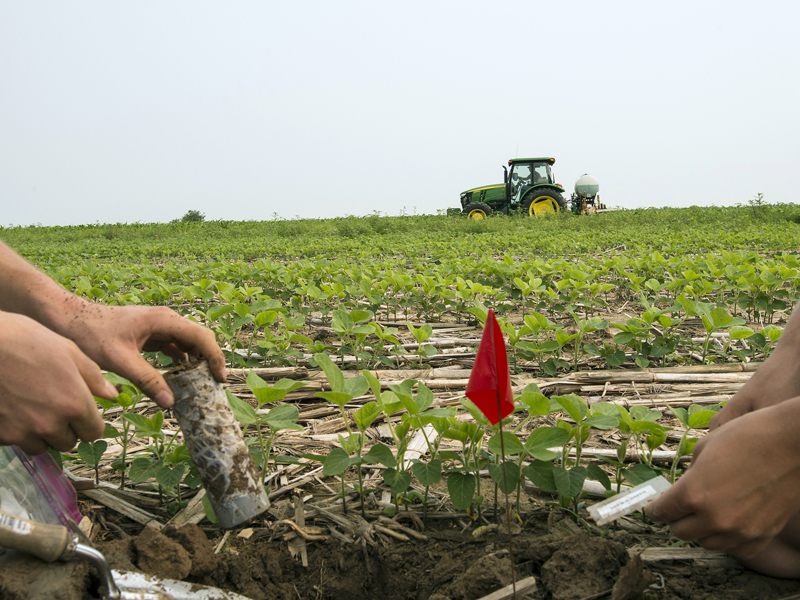
A circle of life–and nitrogen–is playing out in farms across the United States. And researchers are trying to get the timing right.

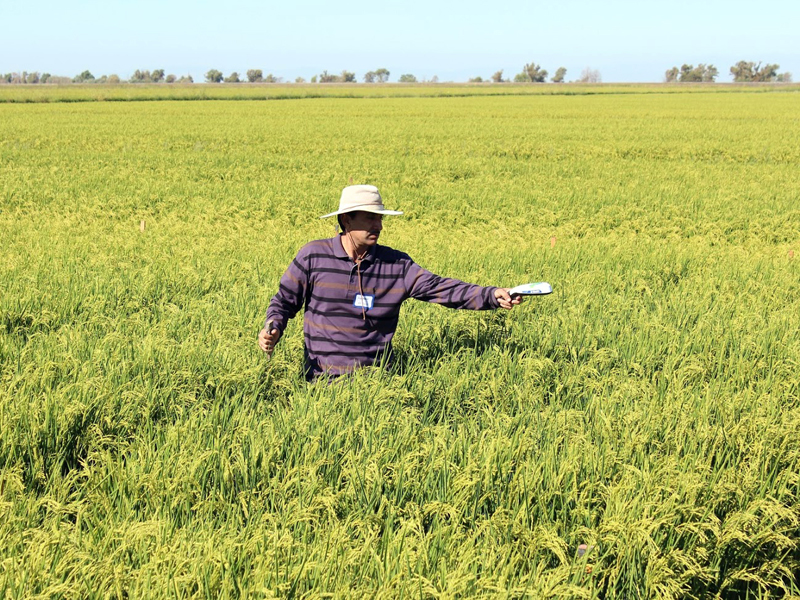
Farmers make a lot of decisions. One of the most important is how much fertilizer to apply to their crops, and when to apply it. Applying more than necessary or at the wrong time can waste resources, impact the environment, and cut into narrow profits.

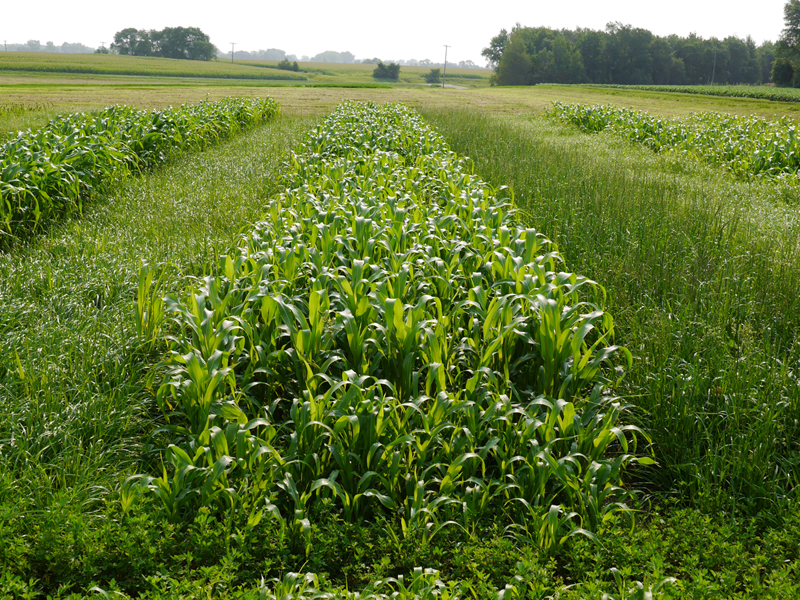
Meet alfalfa, a perennial legume used mainly as high-quality feed for dairy cattle. Alfalfa is also used as feed for beef cattle, horses, sheep, and goats. It’s high in protein (16-20% crude protein). It contains a lot of calcium and other minerals and vitamins. It contributes billions of dollars to the United States economy annually.
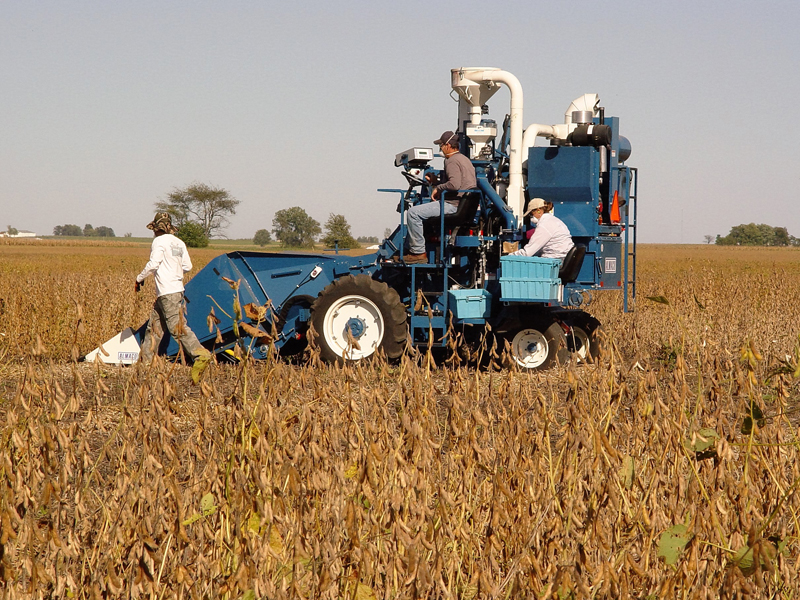
Leftovers can be quite valuable. For instance, when soybean seed is crushed and the oil extracted, what’s left is called soybean meal. You’ll want to save this leftover.
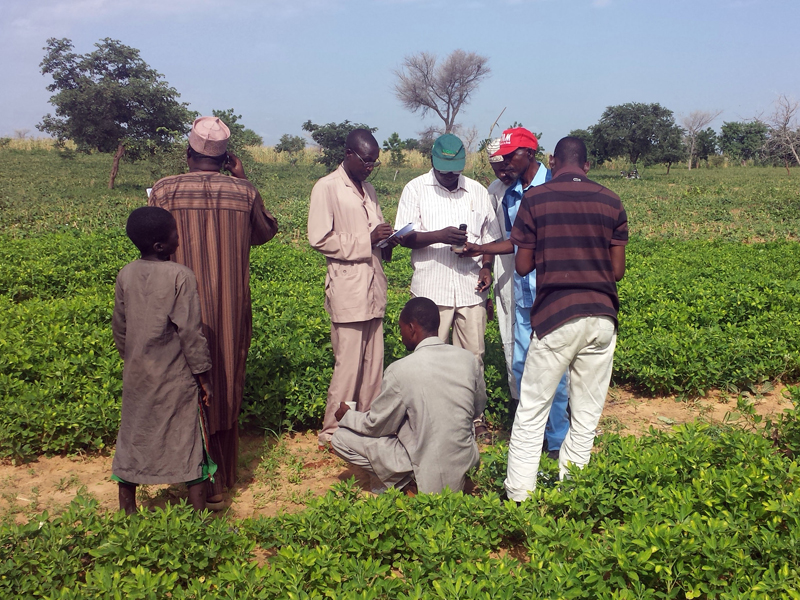
Two crops or one? Sometimes, growing two crops simultaneously on the same piece of land – called intercropping – can benefit farmers. But it needs careful planning and resource management.
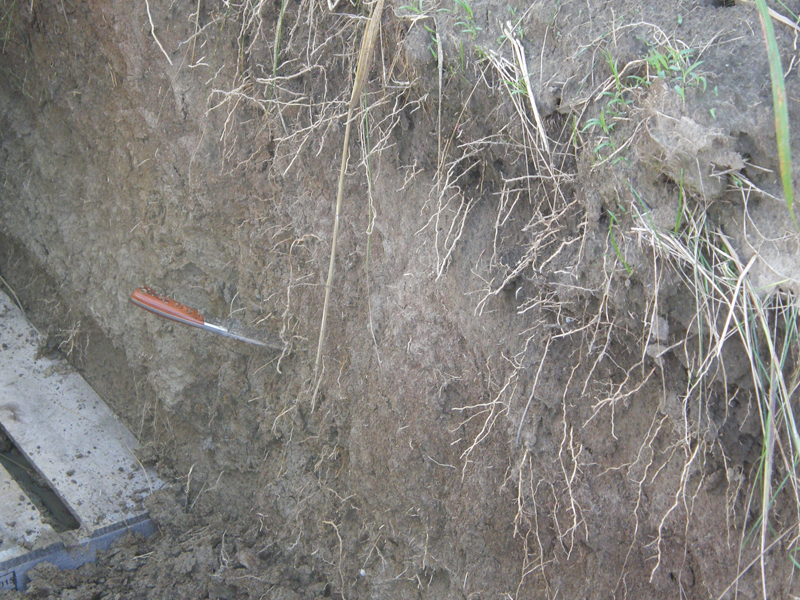
Soil characteristics like organic matter content and moisture play a vital role in helping plants flourish. It turns out that soil temperature is just as important. Every plant needs a certain soil temperature to thrive. If the temperature changes too quickly, plants won’t do well. Their seeds won’t germinate or their roots will die.“Most plants are sensitive to extreme changes in soil temperature,” said Samuel Haruna, a researcher at Middle Tennessee State University. “You don’t want it to change too quickly because the plants can’t cope with it.”
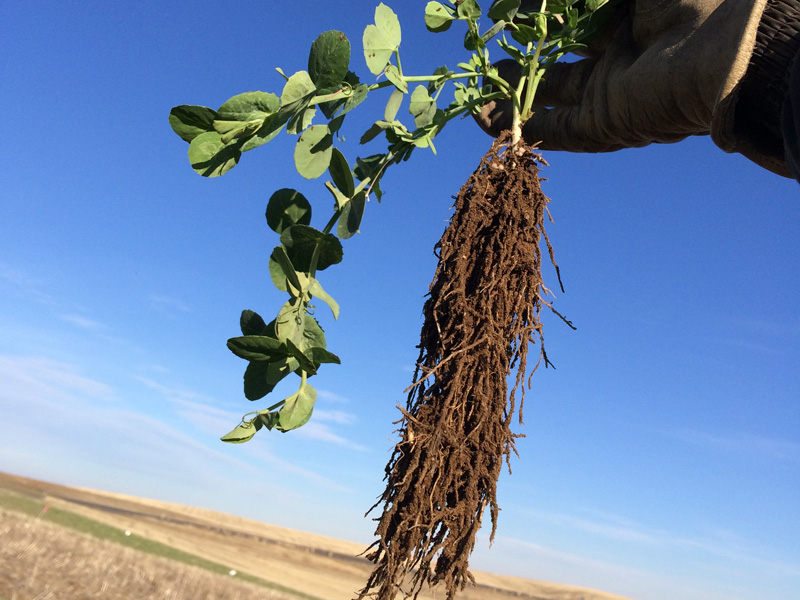
Growers always deal with precipitation amounts. Some get too much water. But for those in drought areas, scientists are working to create imaginative solutions that help the soil, have an economic return, and introduce a different crop – pulses.
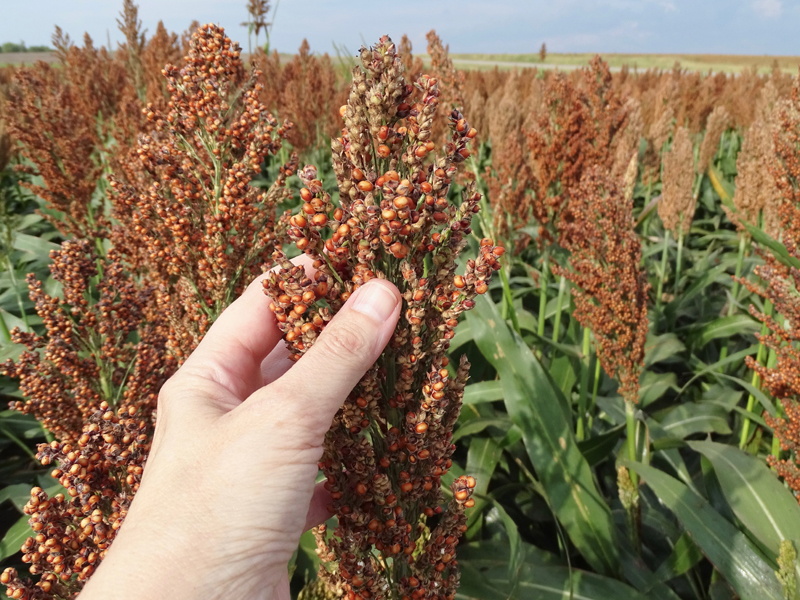
It’s an ancient grain that has been cultivated for thousands of years. Yet you may not even have heard of it.
Sorghum was first grown more than 6,000 years ago in northeastern Africa. Many varieties of this drought-resistant, hardy crop are cultivated in other tropical and temperate areas, including India, China, and Australia. Farmers in the southern plains of the United States have been growing this hardy cereal since the 1800s.
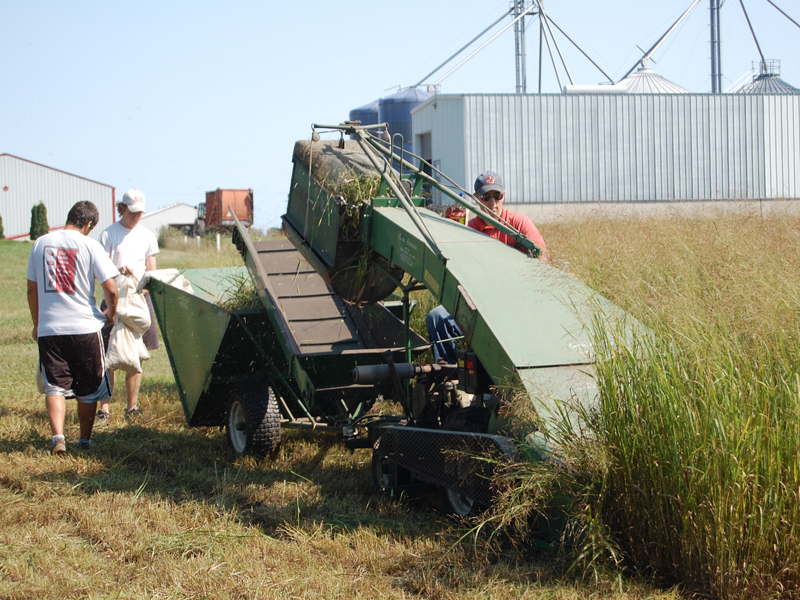
Using switchgrass to produce biofuel is one way to decrease the United States’ dependence on oil, but growing it and making it profitable can be complicated.
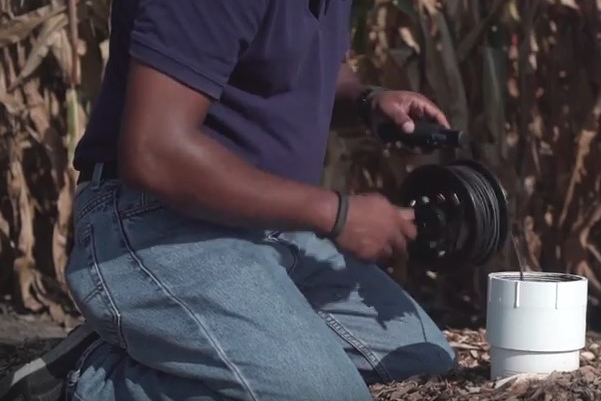
It’s been largely ignored in the past as a route for phosphorus loss from farms, but the buried network of drainage pipes known as the tile system can carry away as much phosphorus as surface runoff.
That’s the conclusion of a pair of studies published in the Journal of Environmental Quality today (Oct. 3). In research in Ohio and Indiana led by USDA-ARS scientists, nearly 50% on average of both dissolved, “bioavailable” phosphorus and total phosphorus left fields via the tile system—a percentage much higher than previously thought.
